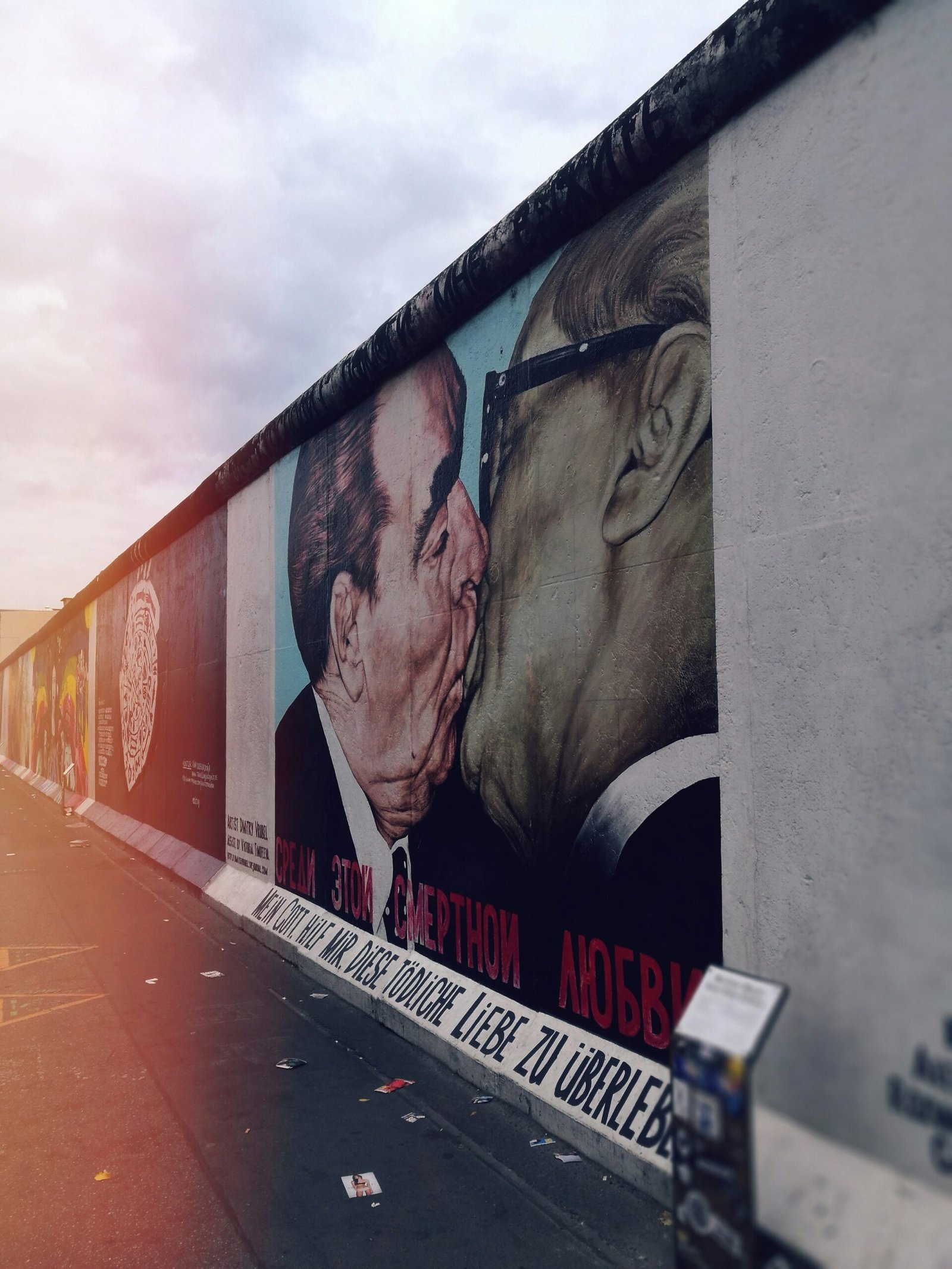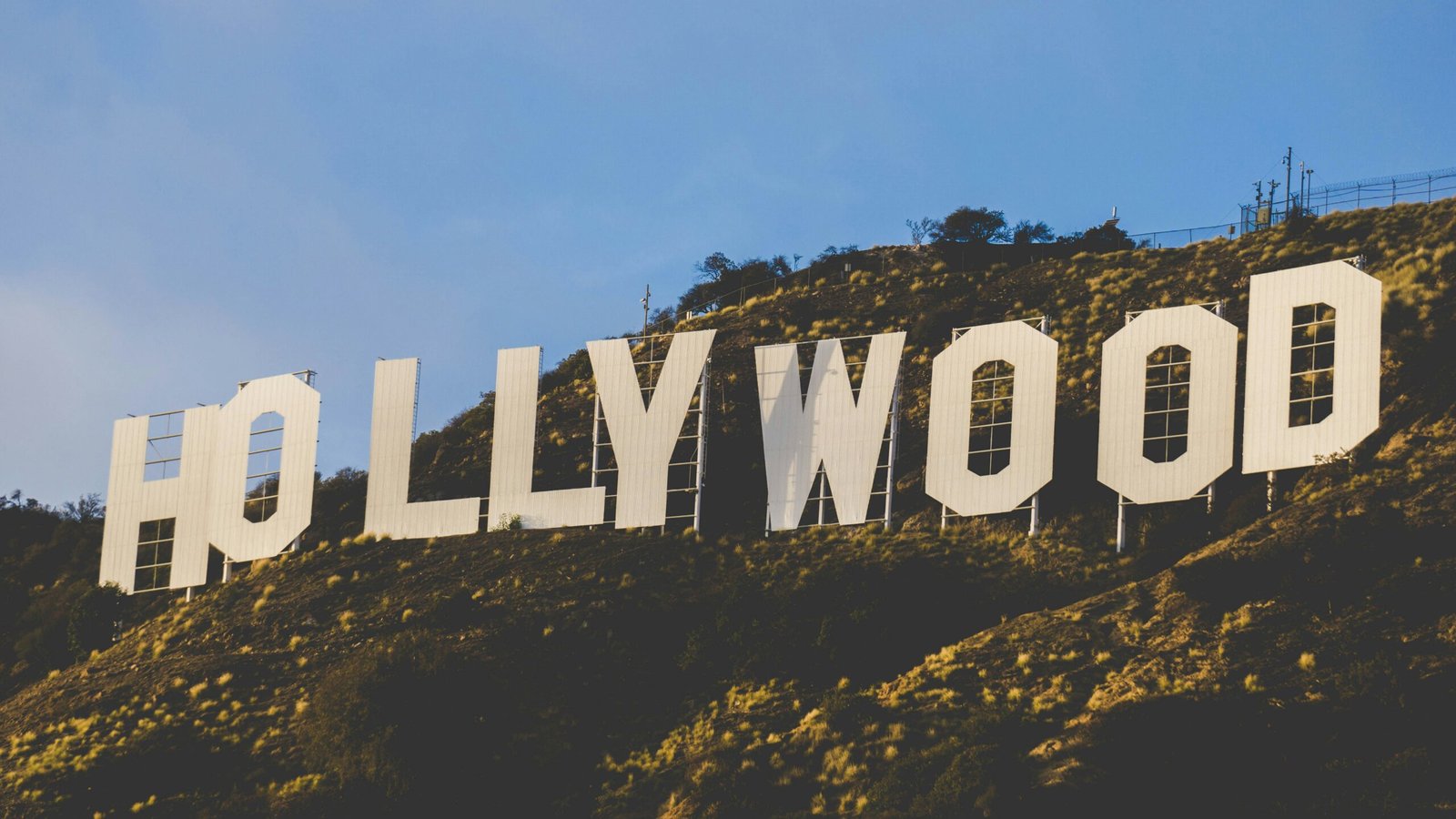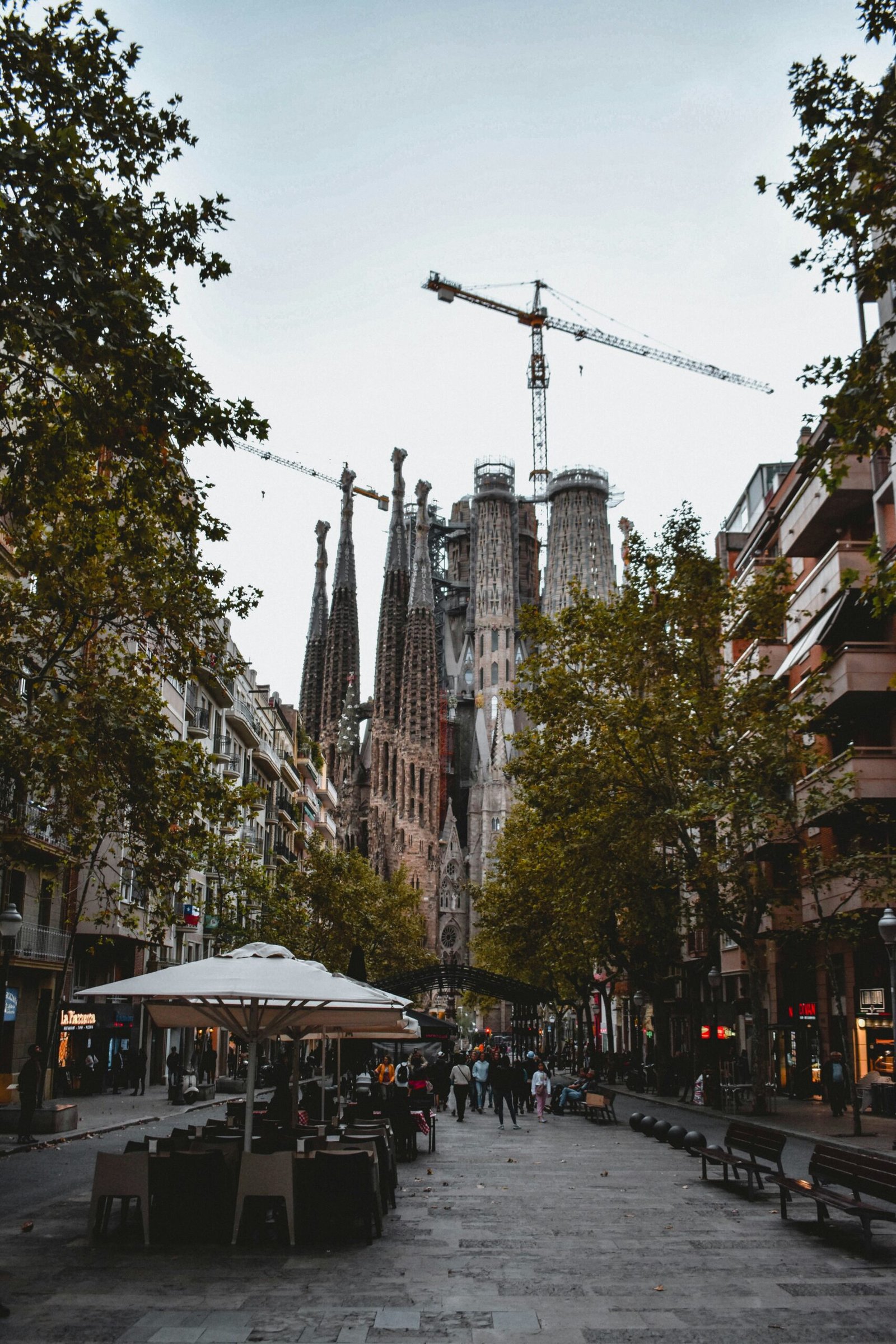
The Berlin Wall Memorial’s East Side Gallery is a significant historical landmark in Berlin, Germany. This iconic site stands as a symbol of the city’s tumultuous past and the reunification of East and West Germany. The East Side Gallery is not only a popular tourist attraction but also an open-air art gallery with murals painted on the remaining sections of the Berlin Wall.
The East Side Gallery stretches for 1.3 kilometers along the banks of the Spree River, making it the longest open-air gallery in the world. It features over 100 murals created by artists from around the globe, each telling a unique story and reflecting the spirit of freedom and unity. The artworks on display are not only visually captivating but also carry powerful messages of hope, resilience, and the desire for a better future.
Walking along the East Side Gallery, visitors can witness the transformation of the Berlin Wall from a symbol of division and oppression to a canvas of creativity and expression. The murals depict various themes, including political statements, calls for peace, and reflections on the Cold War era. Some of the most famous artworks include Dmitri Vrubel’s “My God, Help Me to Survive This Deadly Love” depicting the iconic kiss between Leonid Brezhnev and Erich Honecker, and Birgit Kinder’s “Test the Best” featuring a Trabant car breaking through the wall.
The East Side Gallery not only serves as an art gallery but also as a reminder of the struggles and sacrifices made during the division of Berlin. It commemorates those who lost their lives attempting to cross the wall and honors the resilience of the people who fought for freedom and the reunification of Germany. The gallery has become a symbol of hope and serves as a testament to the power of art in bringing people together and promoting understanding.
In recent years, the East Side Gallery has faced challenges due to weathering, vandalism, and urban development. Efforts have been made to restore and preserve the artworks, ensuring that future generations can continue to learn from and appreciate this important historical site. The gallery attracts millions of visitors each year, who come to admire the murals, learn about the history of the Berlin Wall, and experience the vibrant atmosphere of this unique cultural landmark.
Visiting the East Side Gallery is not only a visually stunning experience but also an opportunity to connect with history and reflect on the triumph of unity over division. As visitors stroll along the riverbank, they can feel the weight of the past and the hope for a brighter future. The East Side Gallery stands as a testament to the resilience of the human spirit and serves as a reminder of the importance of freedom, tolerance, and understanding in our world today.
The construction of the Berlin Wall in 1961 was a direct result of the escalating tensions between the Soviet Union and the Western powers after World War II. Following the division of Germany into four occupation zones, with the Soviet Union controlling the East and the United States, Britain, and France controlling the West, ideological differences deepened, and the Cold War began.
The GDR, under the leadership of Walter Ulbricht, saw the mass exodus of East Germans to the West as a threat to its socialist regime. The country was losing skilled workers, intellectuals, and professionals, causing a brain drain and an economic decline. To halt this emigration, the GDR decided to build a physical barrier that would prevent East Germans from crossing into West Berlin.
The construction of the Berlin Wall began on August 13, 1961, catching the world by surprise. Overnight, barbed wire fences were erected, and armed guards were stationed along the 155-kilometer-long border. Families were separated, and people woke up to find themselves trapped on one side or the other. The wall was not just a physical barrier; it was a symbol of the deep ideological divide that existed between the East and the West.
Over the years, the wall underwent several modifications, making it even more impenetrable. It was reinforced with concrete slabs, watchtowers, and anti-vehicle trenches. The wall became a grim reminder of the harsh realities of the Cold War, with armed guards ordered to shoot anyone attempting to escape to the West.
Despite the risks, many East Germans attempted to cross the wall, driven by a desire for freedom and a better life. Some tried to climb over the wall, others dug tunnels, and a few even used hot air balloons or improvised zip lines. However, the majority of these attempts ended in tragedy, with many losing their lives in the process.
It was not until November 9, 1989, that the Berlin Wall finally fell. The event was triggered by a series of peaceful protests that had been taking place in East Germany for several months. On that fateful day, the GDR announced that travel restrictions would be lifted, allowing East Germans to freely cross the border. Thousands of people flocked to the wall, tearing it down with their bare hands and celebrating the end of an era.
The fall of the Berlin Wall marked a turning point in history. It symbolized the triumph of freedom over oppression, and it paved the way for the reunification of Germany. The once-divided city of Berlin became a symbol of hope and reconciliation, a testament to the power of the human spirit to overcome even the most formidable obstacles.
Today, fragments of the Berlin Wall serve as a reminder of the past. They stand as a memorial to the countless lives lost and the struggles endured during those dark years. The history of the Berlin Wall serves as a cautionary tale, reminding us of the dangers of division and the importance of striving for unity and understanding.
Walking along the East Side Gallery is like taking a journey through history and art. As you stroll along the riverbank, you can’t help but be captivated by the vibrant colors and powerful imagery that adorn the wall. One mural depicts a group of people breaking free from chains, symbolizing the liberation of East Berlin from the grip of communism. Another mural showcases a dove of peace, spreading its wings against a backdrop of barbed wire, representing the longing for unity and harmony.
One of the most iconic murals on the East Side Gallery is the painting of a Trabant, a symbolic representation of the division between East and West Germany. The car, covered in colorful graffiti, appears to be crashing through the wall, symbolizing the reunification of the country and the breaking down of barriers. This artwork serves as a reminder of the resilience and determination of the German people to overcome the scars of the past.
As you continue your exploration of the East Side Gallery, you come across a mural depicting a young couple embracing, their faces filled with joy and hope. This artwork represents the optimism and excitement that permeated Berlin after the fall of the wall. It serves as a reminder that even in the face of adversity, love and hope can prevail.
At the end of the gallery, you find yourself standing in front of a mural that depicts a group of people holding hands, forming a human chain. This powerful image represents the solidarity and unity of the German people during a time of great change and uncertainty. It serves as a reminder that when individuals come together, they have the power to create positive change and shape the course of history.
The East Side Gallery is not just a collection of paintings; it is a living testament to the indomitable human spirit and the power of art to inspire and provoke thought. It stands as a reminder of the importance of freedom, unity, and the pursuit of a better future. As you leave the gallery, you can’t help but feel a sense of awe and gratitude for the artists who transformed a symbol of division into a beacon of hope and creativity.
Exploring the East Side Gallery
Visiting the East Side Gallery is a memorable experience that allows you to immerse yourself in the history and artistry of Berlin. As you walk along the gallery, you will encounter iconic murals such as “The Kiss” by Dmitri Vrubel, which depicts the embrace between Leonid Brezhnev and Erich Honecker, and “My God, Help Me to Survive This Deadly Love” by Dmitri Vrubel, featuring the famous kiss between Leonid Brezhnev and Erich Honecker.
Other notable artworks include “Test the Best” by Birgit Kinder, which portrays a Trabant car crashing through the wall, and “The Mortal Kiss” by Kani Alavi, a powerful representation of love and hope. Each mural offers a unique perspective on the historical events and emotions associated with the Berlin Wall.
While exploring the East Side Gallery, take a moment to pause and reflect on the significance of this site. Stand in awe of the artwork that adorns the wall and contemplate the struggles and triumphs of those who lived through the division of Berlin. It is a place to remember, learn, and pay tribute to the resilience of the human spirit.
As you continue your journey along the East Side Gallery, you will discover a myriad of other captivating murals that tell stories of love, freedom, and the desire for unity. One such mural is “The Wall Jumper” by Gabriel Heimler, which depicts a figure leaping over the wall, symbolizing the determination to overcome obstacles and reach for a better future.
Another striking artwork is “The Death Strip” by Thierry Noir, portraying the desolate and oppressive nature of the area between the inner and outer walls of the Berlin Wall. The use of bold colors and expressive brushstrokes creates a sense of urgency and unease, reminding visitors of the harsh reality faced by those living in divided Berlin.
As you delve deeper into the gallery, you will come across “The Politicians” by Klaus Wittkugel, a thought-provoking piece that depicts politicians from different countries with their eyes blindfolded. This mural serves as a reminder of the political complexities and the role of international powers in the division and eventual reunification of Berlin.
Throughout your exploration of the East Side Gallery, you will be captivated by the diversity of artistic styles, themes, and messages conveyed through the murals. From abstract expressions of emotion to powerful political statements, each artwork tells a story and invites contemplation.
As you reach the end of the gallery, take a moment to reflect on the profound impact that the Berlin Wall and its subsequent fall had on the world. The East Side Gallery stands as a testament to the resilience of the human spirit and the power of art to transcend barriers and unite people.
Preserving the East Side Gallery
The East Side Gallery has faced numerous challenges over the years, including weathering, vandalism, and the threat of redevelopment. Efforts have been made to preserve and protect this cultural landmark, ensuring that future generations can continue to appreciate its historical and artistic value.
Restoration projects have taken place to maintain the integrity of the murals and protect them from damage. Skilled conservators carefully assess the condition of each mural, identifying areas that require attention. Using specialized techniques and materials, they meticulously restore any fading or deteriorating sections, ensuring that the original vision of the artists is preserved.
Besides physical restoration, measures have been implemented to safeguard the East Side Gallery from vandalism. Protective coatings have been applied to the murals, making it easier to remove graffiti without damaging the original artwork underneath. Security cameras and increased surveillance have also been installed to deter potential vandals and ensure the safety of the site.
In addition to preservation efforts, educational initiatives and guided tours are available to provide visitors with a deeper understanding of the significance of the East Side Gallery and the events that shaped Berlin’s history. Knowledgeable guides lead visitors along the length of the gallery, explaining the historical context of each mural and the stories they depict. Visitors can learn about the fall of the Berlin Wall, the reunification of Germany, and the artists’ perspectives on these transformative events.
These educational programs not only enhance the visitor experience but also foster a sense of appreciation and respect for the East Side Gallery. By understanding the cultural and historical significance of the murals, visitors are more likely to treat them with the care they deserve, reducing the risk of damage or vandalism.
Moreover, the East Side Gallery has become a platform for cultural events and exhibitions, further promoting its preservation. Art festivals, concerts, and temporary installations are organized regularly, attracting a diverse range of visitors and creating a vibrant atmosphere around the gallery. These events not only generate public interest and support but also contribute to the financial resources needed for ongoing conservation efforts.
Preserving the East Side Gallery is not just about maintaining a physical structure; it is about safeguarding a powerful symbol of freedom, unity, and artistic expression. Through restoration, education, and community engagement, this iconic landmark continues to thrive, serving as a testament to the resilience of the human spirit and the enduring power of art.
Visiting the Berlin Wall Memorial’s East Side Gallery is a truly immersive experience that allows visitors to connect with history and art. The gallery, located in the Friedrichshain-Kreuzberg district, is a testament to the division and subsequent reunification of Berlin. It stretches for 1.3 kilometers along the remains of the Berlin Wall, making it the longest open-air gallery in the world.
To make your visit as smooth as possible, it is recommended to take public transportation. The nearest train station, Warschauer Straße, is well-connected and can be reached easily by S-Bahn and U-Bahn lines. From there, a short walk will lead you to the gallery, where you will be greeted by a vibrant display of over 100 murals created by artists from around the world.
To fully appreciate the East Side Gallery, it is advisable to plan your visit during weekdays or early mornings when it is less crowded. This will allow you to take your time exploring the artwork at your own pace and truly absorb the historical and cultural significance of the site. As you walk along the gallery, you will encounter a wide range of themes and artistic styles, each mural telling its own story and conveying powerful messages of freedom, unity, and hope.
While admiring the artwork, it is important to be respectful of both the murals and the site itself. The East Side Gallery holds immense historical value, and the murals have become iconic symbols of Berlin’s past and present. It is crucial not to touch or deface the artwork in any way, as this would not only disrespect the artists’ work but also diminish the experience for future visitors.
As you make your way through the gallery, you will likely encounter other visitors who are also there to witness this unique fusion of art and history. It is important to be mindful of their presence and allow everyone to enjoy the gallery without disturbances. By being considerate and respectful, you contribute to creating a harmonious atmosphere that enhances the overall experience for everyone.
In addition to the murals, the East Side Gallery offers various amenities to enhance your visit. Information boards provide insights into the history of the Berlin Wall and the significance of the artwork, allowing you to deepen your understanding of the site. There are also several cafes and shops nearby where you can take a break, grab a bite to eat, or purchase souvenirs to commemorate your visit.
Visiting the Berlin Wall Memorial’s East Side Gallery is an opportunity to immerse yourself in history, art, and the spirit of Berlin. It serves as a powerful reminder of the resilience of the human spirit and the importance of unity. Whether you are a history enthusiast, an art lover, or simply curious about Berlin’s past, the East Side Gallery is a must-see destination that will leave a lasting impression.



